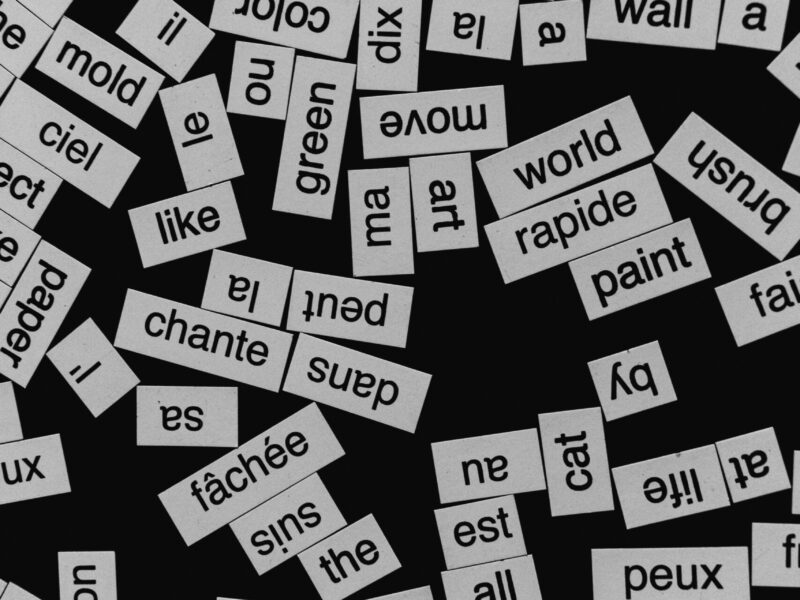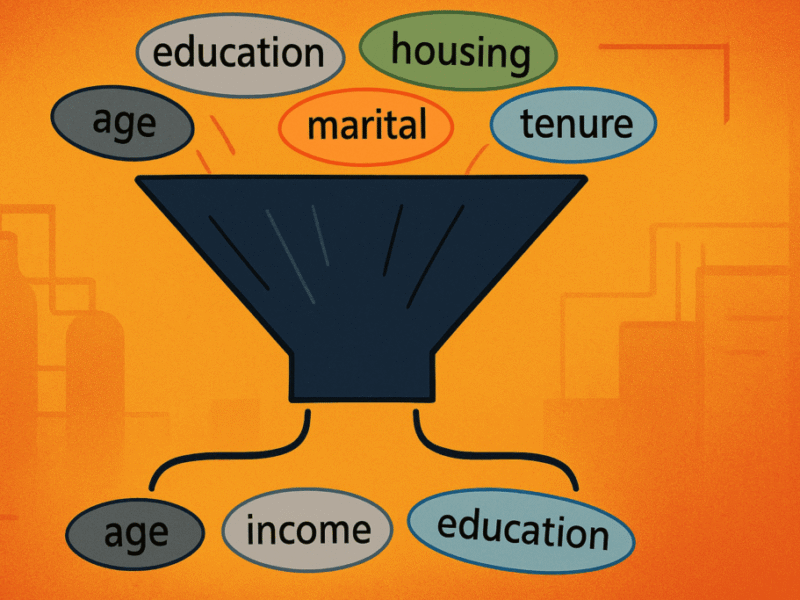It’s Not Just About Clicking “Buy”
Digital gaming has redefined how we interact with content. Once upon a time, owning a game meant holding a cartridge or a disc something you could touch, trade, or resell. Today, it means downloading a file and trusting that the platform will keep it there… indefinitely. But what do you really own when you buy a game digitally?
This question isn’t as philosophical as it sounds, it’s practical, and more relevant than ever as more players ditch physical libraries in favor of cloud-synced collections.
A License, Not a Product
When you buy a game digitally, you’re not purchasing the game itself, you’re buying a license to access it under specific terms. This license is tied to a service, not to you personally. In most cases, publishers can revoke access, remove games, or change terms with little warning. That makes your digital “ownership” more fragile than it might appear on your Steam dashboard.
That’s also where things like Steam game codes come into play. These keys don’t grant true ownership, but they offer flexibility. You can activate them on your account, give them to others, or choose when to redeem them. It’s a different kind of control, one that adds convenience even within the limitations of digital licensing.
Platforms Rule the Library
Every platform whether Steam, PlayStation, or Xbox manages digital rights differently, but the common thread is control. The game you paid for could disappear due to expired licenses, regional changes, or platform decisions. Unlike physical media, there’s no fallback. You’re dependent on the digital storefront’s terms of service and ecosystem.
What complicates this further is DRM (digital rights management). While it’s meant to protect against piracy, DRM also restricts how and when you can use what you’ve paid for. Lost your login? Changed region? Sometimes, that’s all it takes to lose access.
Why It Still Works for Most Gamers
Here’s the twist: despite the risks, digital gaming works and thrives for most users. Why? Because it’s fast, simple, and flexible. You can buy a game, download it instantly, and start playing within minutes. For many, that outweighs the downsides of not physically owning a disc or cartridge.
Add to that the value proposition. Flash sales, bundles, and region-specific deals often make digital purchases cheaper than physical ones. And let’s be honest: few people are swapping discs in 2025.
Giftable and redeemable options, like Steam keys, also help keep digital buying practical. You’re not just tied to one store you can find keys through trusted platforms and activate them when it suits you.
The Shift Toward Service-Based Access
We’re also moving toward subscription-based access like Xbox Game Pass or PlayStation Plus. Here, ownership isn’t even part of the equation. You don’t buy games — you stream or download them while your subscription lasts. It’s convenient, sure, but the moment you cancel, your entire library goes with it.
That shift highlights how digital access has become more about availability than ownership. What matters is not what you own, but what you can play right now.
Contextualizing Ownership in 2025
So, what does digital ownership mean in today’s gaming world? It means access, with conditions. It means trusting a platform, managing licenses, and accepting that what’s yours today might not be tomorrow. The upside? It’s never been easier to find, play, and gift games with just a few clicks.
And thanks to digital marketplaces like Eneba offering deals on all things digital, gamers can navigate this new landscape with a little more confidence and a lot more choice. Whether it’s finding the right game or picking up an extra Steam game code on sale, digital flexibility is here to stay.

